Aug 05, 2025
Author:Sam Wonder

Ringworm—it's misleading, right? No worms involved at all. Just fungus. Nasty stuff. Shows up quick on cats, looks ugly, stubborn as heck. Most people panic, smear whatever cream they've got lying around, cross fingers, and hope. But hope isn't a strategy. Some fixes are worse than doing nothing.
So what's actually gonna fix it—like, ASAP?
We'll cover stuff that really helps, stuff that's useless, and exactly how to handle ringworm safely, without making your cat miserable or yourself crazy.
● Quick look at ringworm basics (and spotting it early)
● Oral meds vs. topical creams—what works faster?
● Mistakes to dodge, controlling spread, when it's vet time
Keep reading if you wanna clear ringworm quickly, no BS.
First off, no worms. Seriously. It's fungus—officially called dermatophytosis. Loves your cat's skin, fur, and claws. Gross but true. Super contagious—spreads between cats, dogs, humans, furniture, whatever. It munches on keratin, the stuff in hair and skin. Prefers warm, damp spots. Typical fungus, right?
Some cats show nothing. Sneaky carriers. But mostly you'll see clues. Catch it early, and it's easier to fix. Less spreading, fewer headaches.
Signs vary. Depends on how long it's been hiding and where. But watch for stuff like:
● Bald spots—usually circular, flaky, kinda crusty
● Constant scratching or grooming of certain spots
● Weirdly brittle nails, flaky claws
● Patchy, dull fur—face, ears, paws are common
Some cats scratch like mad, others look fine but scatter spores everywhere. Nice.
Ringworm pops up in annoying spots, not always obvious places like bellies. Usually, you'll see it first around:
● Face (ears, eyes, nose—front and center)
● Front paws, legs (all that grooming)
● Tail base, spine (easy to miss at first)
It spreads by touching infected stuff—bedding, combs, carpets. The spores survive forever, basically.
Ignore it? Big mistake. Mild ringworm blows up into major headaches quickly, especially in homes with multiple pets. Misdiagnosing or waiting too long lets it jump around freely—to other pets, and eventually, you.
Vets use special UV lamps, scrape skin, or grow cultures to be sure. Once it's confirmed, treatment kicks off.
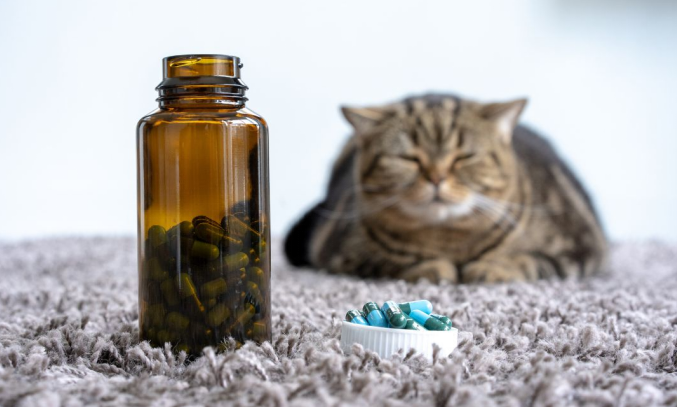
When you need speed, oral antifungals usually win. They attack from inside, hitting the infection at its source. Topicals rely on direct hits—oral meds travel everywhere. Good news if your cat's fluffy or fights creams.
Different drugs, same basic plan: mess up fungus at the root. Main choices include:
● Itraconazole: First choice usually. Interrupts fungal cell membranes. Given daily or week-on/week-off to protect kitty's liver.
● Griseofulvin: Old-school but works. Messes with fungal cell growth. Slower and tougher on some cats, used when itraconazole isn't an option.
● Terbinafine: Newer option. Made for humans first, works by shutting down fungal enzymes. Vets use it off-label, needs close monitoring.
Oral meds don’t work overnight. Most of the time, you’re staring down 4–6 weeks—sometimes a bit more, sometimes less, depending. How bad is the infection? How’s your cat’s immune system holding up? Any other skin stuff going on?
Oh, and even when it looks better, you’ll still need follow-ups to make sure it’s actually gone—not just lying low.
Oral meds aren't candy. Side effects exist—especially for kitty's liver. Vets usually run blood tests before and during treatment. Watch for signs like:
● Upset tummy, vomiting
● Less energy, changes in appetite
● Yellow gums or eyes (bad news—get to the vet immediately)
Sometimes dosages need tweaking or meds swapped out altogether.
Oral antifungals are best bets if:
● Ringworm's everywhere, not just one spot
● Multiple pets at home
● Topicals aren't working well
● Infection keeps coming back
● Environmental contamination is high-risk
Oral meds don't typically go solo. Usually paired with topical treatments and serious cleaning to knock ringworm out for good.
Creams and shampoos kill ringworm directly at the skin's surface. Good for smaller outbreaks or cats who can't take pills. These products kill fungus on contact, less spreading, shorter the infection.
Different stuff does the job differently:
● Antifungal creams/ointments: Applied straight on lesions once or twice daily. Common ingredients include miconazole, clotrimazole, and ketoconazole. Great for small patches.
● Medicated shampoos: Whole-body wash every few days removes infected fur and flakes. Ingredients include chlorhexidine, lime sulfur, and mandiconazole.
● Lime sulfur dips: Smelly, messy, super effective. Diluted sulfur poured over your cat, air dries, kills spores quickly.
Missed spots or inconsistent treatments drag the problem out. Do these things properly:
● Clip fur short around spots
● Clean gently first
● Apply beyond obvious borders—spores hide
● Stick to the schedule
● Gloves—always. Don't spread it around yourself
Topicals only work if you're thorough.
Topicals work best when:
● Early-stage or small infection
● Single-cat homes
● Kitty tolerates baths and handling
● Oral meds aren't an option
Topicals alone might fix mild cases, especially on short-haired cats. Long-haired? Probably need pills, too.
What to expect? Topicals usually start improving skin within two weeks. Don't quit early—spores linger. Deep-clean your home at the same time, or it'll bounce right back.
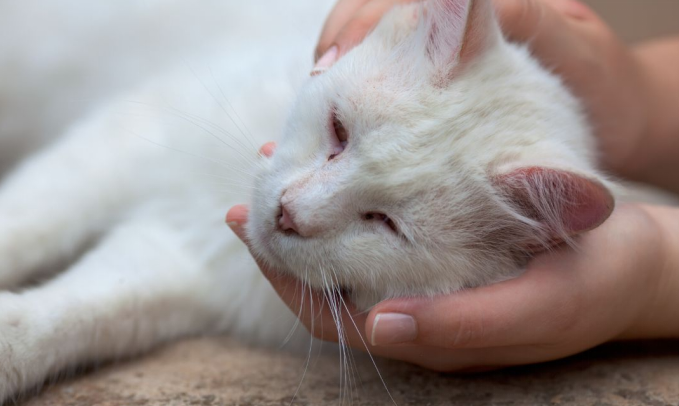
Treating ringworm right is half the battle. Preventing reinfection matters just as much. Stop doing the stuff that doesn't help.
Forget home remedies. Seriously. Just don't:
● Hydrogen peroxide/alcohol—irritates skin
● Essential oils—toxic, ineffective
● Quitting treatment early—spores stay alive
Also, don't over-scrub—damages skin, delays healing.
Ringworm loves furniture, bedding, and toys. Clean everything:
● Vacuum daily, ditch the bag immediately
● Hot-water wash bedding, fabrics with antifungal laundry soap
● Disinfect surfaces thoroughly, vet-approved cleaners only
● Keep infected cats separated
For multi-cat houses, automatic feeders like WOpet Automatic Cat Feeder For Wet Food help keep things controlled, with fewer touchpoints, less chance to spread spores during treatment.
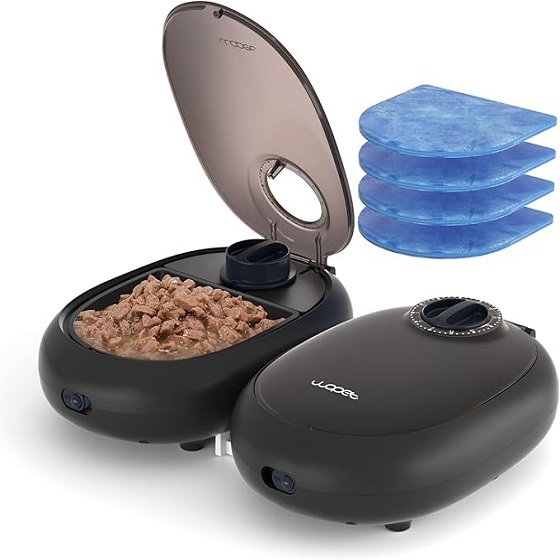
Vet time: If ringworm keeps getting worse, or if two weeks pass with no improvement, don't delay. Also, call if your cat's in pain or grooming constantly. Vets adjust treatments, run extra tests, and get your cat back on track.
Ringworm treatment isn't rocket science, but it takes commitment and patience. Catch it early, use vet-approved treatments, and clean obsessively to break the cycle.
● Oral meds for tougher cases
● Topicals help with smaller infections
● Skip DIY miracle cures
● Deep-clean the house
● Watch closely and see a vet when needed
And remember—consistent routines help recovery. Automatic feeders like the WOpet Automatic Feeder keep mealtimes structured, reduce stress, and lower reinfection risk—without extra hassle for you.
Label:
Popular Post

What to Feed a Sick Dog With No Appetite? [2025 Guide]
May 16, 2023
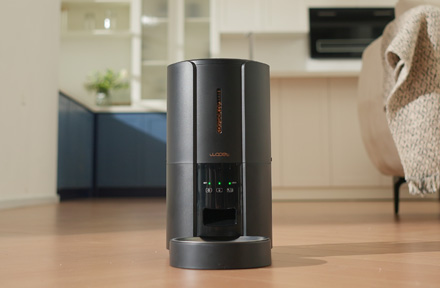
Troubleshooting Common Issues with Automatic Pet Feeders: Tips & Tricks for Pet Owners
Oct 26, 2023
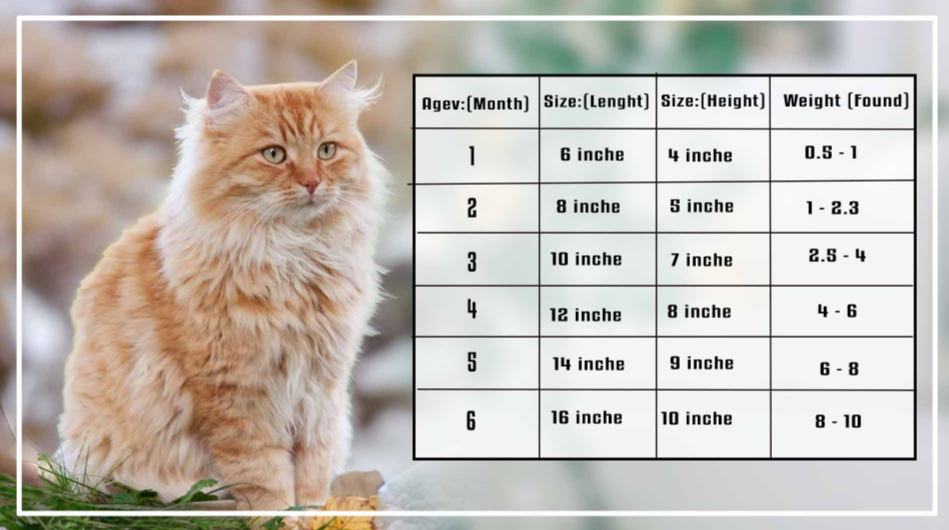
What is a standard Cat Weight chart by age Kg?
Mar 19, 2025

Why Does My Cat Cough After Drinking Water? 8 Potential Reasons
Mar 13, 2023

Why is My Cat Throwing up Water? Top 5 Causes Here
Feb 08, 2023
$109.99
$129.99
Copyright © 2025 WOPET. All Rights Reserved.